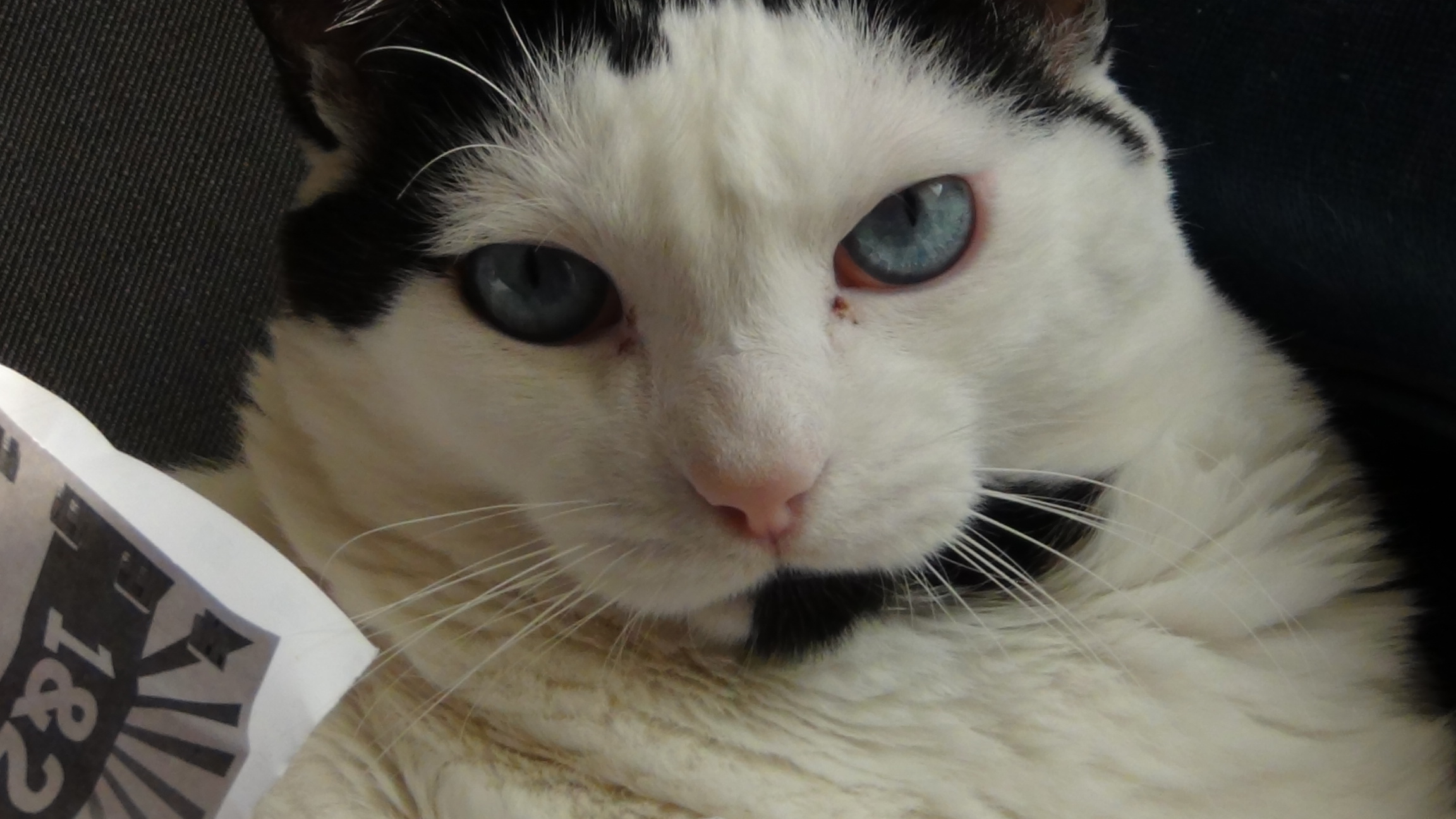Teaching Ideas

There are other names for this. Scaffolding comes to mind. It’s a simple idea, at least initially. You could break down a complex task and direct the students through the successive steps. Or every class you can add on to what was done previously. The idea of building on to past work, to create a series of steps that are linked, can be applied to much more than vocabulary. It touches everything from pronunciation to fluency work to exploring nuances of concept and detail. What can be particularly exciting is when you and the students begin integrating various facets and their gestalt creates an impression that is not easily forgotten.
There are a few considerations that I’d like to bring attention to that might help the teacher in deciding how to focus on this aspect of building while designing an activity.
1) Anticipation
Dedicate some time to carefully run through in your mind the objectives and logistics (how the students move around or interact, the accessibility of anything that might be needed, how effective or fluently the activities will work out) to better enable you to predict the flow and the potential difficulties that students may encounter. If there seem to be some unclear, undeveloped or hindering elements, make adjustments to make it a cleaner, smoother lesson plan.
2) Provision
Give them the necessary materials to work with. This includes
● References
to ideas, reminders, modelled examples, course books, boardwork, links to websites
● A learner-friendly environment
that encourages interaction & exploration
Ex: space, table arrangement, lighting, music/noise, support & encouragement
● Tools
that are needed to work with ( objects such as realia or flashcards, photocopies, prior preparation)
● Direction
clear objectives and instructions as well as ongoing monitoring & guiding the students
3) Reinforcement
This can incorporate a number of ideas.
●Repetition
Repetition is essential. People need time and familiarity before something can be reasonably assimilated.
●Modification
Individuals can vary in their interests and how something can be appealing or motivating for them. Be prepared to fine-tune or improvise to the situation and to the interests and abilities of those participating.
●Future amplification
What has been learned can be taken into new and different areas. This could be a direct extension as in after students do pair-work giving directions using photocopies, they step out of the class and give directions to the nearest toilets or to a building in the neighbourhood. Or it could be a new application such as after learning the basic conditionals the students in small groups imagine they are to share an apartment and must negotiate who does what housework (using conditionals at times).
●Testing
Besides providing motivation, clarity of objectives and an incentive for the students to study and revise, testing can help both the teacher and the student to evaluate their progress and see where further practice may be needed. Students can test each other’s working knowledge as well. For example, they could make up their own tests, and in so doing, carefully consider some aspects of the language they may have been less attentive to before. Or in a pair-work speaking activity they could playfully ask their partners questions that are a little more demanding or more customized to something they would like to explore.
4) Reflection
●Feedback and class discussions
Going over what has recently been done can give insight into the language and how one uses it. It can provide clues on how to improve one’s skills and approach and demonstrate that one can indeed fare well in tasks that may seem daunting at first. It can also supply the language learner with convenient references for the next time s/he may find herself/himself in a situation where such skills and knowledge could be useful.
●Teacher’s private reflection
If things didn’t turn out as hoped or expected, it could be useful to explore why something happened or didn’t happen. The teacher could also take this opportunity to consider what has worked well and why, to become better acquainted with the dynamics of teaching and learning. This can be very beneficial when trying to predict how successful an activity may go over in the classroom, and out of it when the student tries to apply those learnings in the ‘real world’.
AN EXAMPLE OR TWO IN THE LESSON PLANS
See how the teaching idea can be used in a classroom activity
Building in CARDINAL NUMBERS 0 - 20
Students progressively build on their knowledge (vocabulary and the spelling and pronunciation) of the numbers from 0 to 20.


